News
Fantasia 2020: Natasha Kermani on ‘Lucky’ and Layered Design
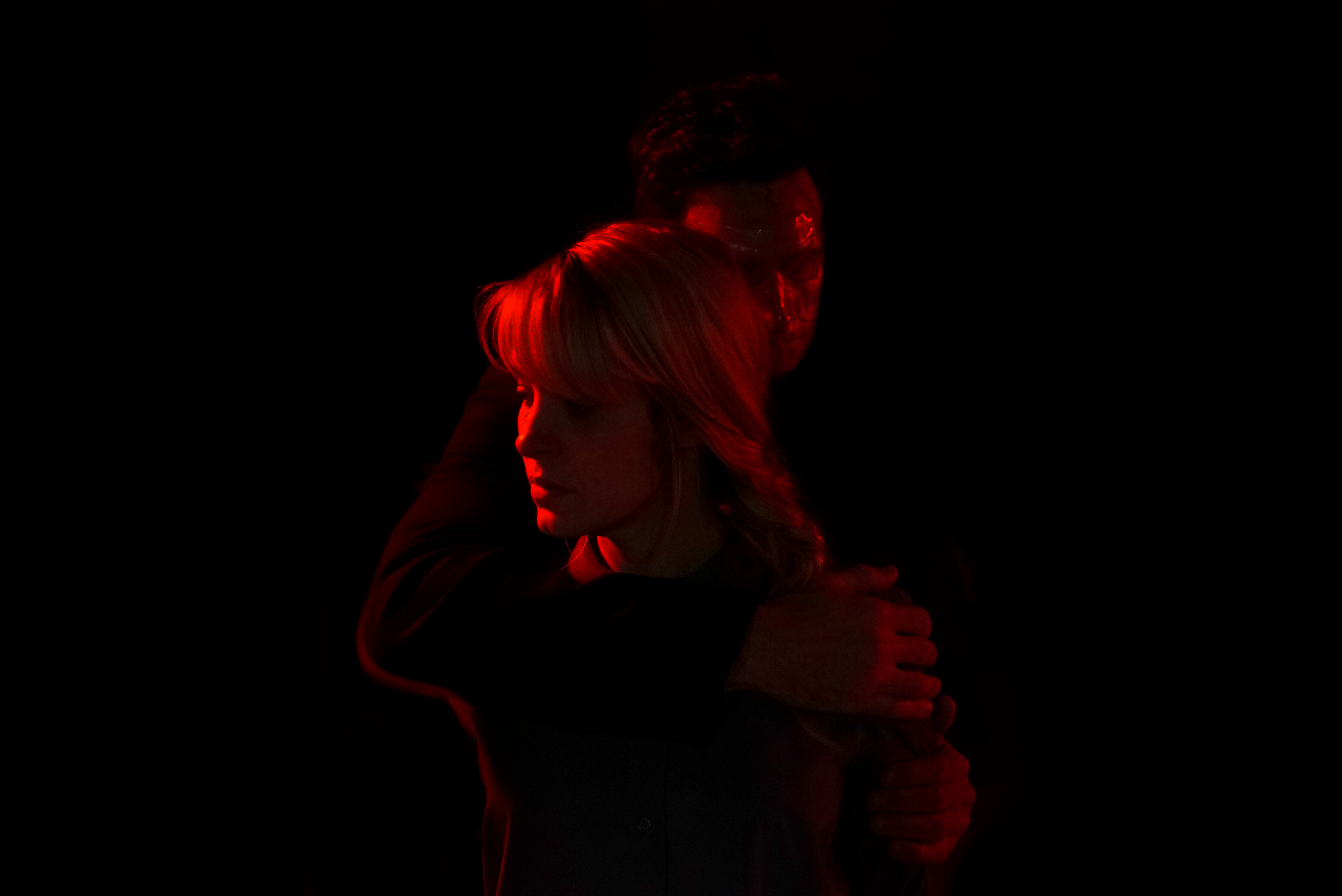
Natasha Kermani is a rising star in genre cinema. Her first feature film, Imitation Girl, was praised by critics for its themes of duality and an impressive dual performance by Lauren Ashley Carter (Artik, Darling). With Lucky (which you can read my review of here), Kermani continues to catch attention.
After hosting its premiere at this year’s newly digital Fantasia Film Festival, I sat down with Kermani to discuss Lucky, scrappy fights, that intense garage scene, and the layered design of the film.
Kelly McNeely: So, with Lucky, how did you get involved in the project? How did you come on board?
Natasha Kermani: Yeah, so I had actually known Brea [Grant] socially for a little bit before getting the script. So I already knew who she was. And the script was brought to me by one of the producers who is basically like, you know, I know you know, Brea, I don’t know if you’ve read any of her work, and I hadn’t so I read it really out of curiosity. I was looking for my next project. I had just wrapped up the release of my first feature. And I read it and I just really responded to how clear her voice was in that script. It was such a specific and very sharp perspective on what is actually a very broad theme. And a very big idea. So I was really pulled into that. And then I basically got to a point in the movie where she sort of expands the scope of the story. So you’ve sort of been in this very singular perspective, this very small scale story, and then she widens it out in the third act in a way that was really exciting to me. So I actually put the script down, I emailed her and I was like, hey, I don’t know who else you’re talking to. But like, I want this. [laughs] Don’t send it to anybody else.
So luckily enough, she was down and we put it together pretty quickly out of that first initial read. So yeah, I honestly just read the script and really liked it. And I really saw Brea as May, which was also great to sort of know that you’re coming for a project that is — packaged isn’t the right word — but that there’s a person, there’s an actress at the center of this that then I could say okay, now we can start to build out with her as the centerpiece of the film. So that’s how that came to be.
Now with the character of the man, I love the design that you have for him that it’s sort of against the stereotype. He doesn’t have to be scary to be really scary. You know what I mean? He’s not like a Leatherface, he’s not a Jason Voorhees, but he’s still terrifying. How did you develop that design in that concept? And I like how it’s a little bit different for each woman as well.
Yeah, that’s actually the genesis of it. In the original script, he is more of a Michael Myers. Initially we were talking to like, big MMA guys, you know, big dudes, big muscular guys. It was very much born out of conversation with the whole team. So everybody sort of sitting together and saying, wait a minute. Brea is very small, she’s small, you know, she’s 5’2” or something like that. And we have to believe that she would be able to fight this guy off night after night after night. And so that was sort of the initial hit that we had. And, you know, from that conversation came more conversations about okay, if we’re moving past the Michael Myers stereotype, what does that open up, what new conversations can we have out of that.
With the wardrobe and with the producers, I really was having fun conversations. We’re actually referencing a lot of Mads Mikkelsen from Hannibal, sort of like the slicked back hair. And we started talking about that and the mask being something that is not like a hockey mask, but something that from a distance looks almost human, looks almost like it’s just somebody’s face, but then it catches the light in a certain way or there’s something sort of distorted.
I started pulling some sort of bizarre paintings and sculptures that were sort of playing with very minor disfigurements of the human body and face. So that’s kind of all the material we brought to Jeff Farley, who I had worked with on my first film, who’s an amazing prosthetics artist, special effects artist, and he built our mask on very limited time and very limited resources. We loved it. We loved what he brought, and we had a few very minor tweaks, but basically the proof that he brought to us we were like, great, we love it.
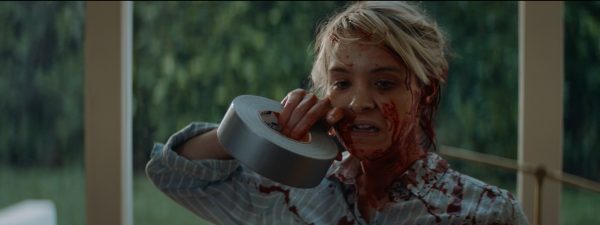
Lucky
Now, the fight scenes are really kind of scrappy. They’re not stylized. Did you have a female fight choreographer for that?
We did. And that was one of the most important things, I wasn’t specifically looking to hire women for any of the departments really except the fight coordinator — the stunt coordinator — I did specifically want a woman because I felt it was very important that we believe that May is not a professional fighter, and that her self defense is not coming from any sort of training or anything. It’s just her instinctual fight choreo. And we got very lucky, we had an amazing, incredible stunt coordinator. She coordinates on like Glow and a bunch of really awesome, super cool stuff. So she immediately sort of understood the direction behind what that means, that May is not a professional fighter. And so the fights really came out of that. So we would have sort of like the basis of it from the screenplay. So we would know this sort of takes place around the staircase, this sort of takes place in the bed, this sort of takes place in the parking garage. And then she and I would just bounce around and figure out what would make sense.
We also wanted to see her becoming more confident. So her arc from the beginning just being like, ah, get away from me. By the end, she’s using tools, she’s got a knife, she’s got different stuff. So that was a fun thing that we were able to build in. But again, a lot of these decisions that look like stylish decisions or like a specific aesthetic decisions are all born out of practicality. Right? And I think that is maybe something that you don’t see with the male team who is maybe interested in making her look super cool and super sexy and hot. And you know, we’re kind of coming from no, like, this chick doesn’t know how to fight. [laughs] So we’re not trying to make her look cool or attractive, right? She’s just trying to get rid of this creepy guy.
She’s just trying to survive.
Exactly. That’s it. That’s it. And I also wanted a woman who would understand the underlying tone of violence towards women. We’re treading very lightly, because it is a funny movie. It is satirical. And of course, there’s nothing funny about domestic violence or anything like that, that we are hinting at. Like that’s very much an element to the film. So I knew I really wanted that to be handled correctly. And that was very much a part of the conversation that we had not only with Brea, but also with the stunt coordinator and the makeup artist, of how her bruises look and just the impact of that violence.
You see almost like a character development through her fights as well, like you were saying, she starts picking up tools, and she starts to get more confident. I think that’s really clever.
Yeah, I mean, by the time you see her stand up with the blood on her face, and she’s smiling, you know, okay, we’re very much past where we started.
Very different character at the end. Can you talk a little bit about the garage scene and the process of filming that? And again, with the stunt choreography, it seems like a very complex scene to shoot — and I love the lighting.
Yeah, thank you. So I worked with an incredible cinematographer named Julia Swain. And this was really her moment to shine. Again, the parking garage scene is when I put the script down and decided that I was going to do the movie, I knew that we had to understand where to put our resources so that that scene was successful. Because I think if that sequence didn’t work, there’s no point in the movie. Right? Like, it doesn’t matter if we’re not able to achieve that expansion in scope and scale of the world, then I don’t know what we’re doing. You know, why did we make this movie?
So from day one, I think from the very first meetings that I had with the producers, I initially was asking for three days for that sequence, we ended up with two and we had to fight for it, you know, it was like, no, we need the time, we need the resources. And obviously, there’s always nonstop compromise that’s happening, but we tried to preserve the structural integrity of that sequence because it was so important. So the lighting is very important. A lot of that is practical. So we actually swapped out all of the lights that you see, as you look down the various aisles of the garage. Julie and her team actually swapped them out so that we could get a little bit more of the look that we were specifically looking for in the exact color. We wanted color contrast. So the red represents the men. And the blue was more the women characters. And so color contrast was hugely important.
We wanted to have a sense of scale so that we could see all the way down the parking garage. Often with indies, you know, you’ll only see, like, what we’re seeing in the frame right now. Right? Wides are expensive. [laughs] So we wanted to get some wides. With the big arc around, we’re actually reusing stunt people and extras. So there’s some cuts that were put in to be able to achieve that. So again, it was with our limited resources, figuring out how we can double people up, put them in different outfits, blah, blah, blah and see if we can, you know, make it feel a little bit bigger than it is.
And I think it works because if people are paying attention to the film, they understand the implications of what that sequence is saying. So really we’re just getting them there visually, and then we’re helping with the music. We’re helping with the cinematography, we had an incredible colorist who works out of photochem who really helped us take it to the next level, we really pushed that footage as far as it would go with the reds and the blues. So that even though there’s no actual white light in that sequence, it’s all either blue or red. So it’s like really this sort of stark contrast.
And then so, you know, to augment the visuals, we have the music and the sound design, and the sound design is very rich. It’s the richest point in the film. There’s a lot of layered sound effects in there. There’s some rumbles and earthquakes, and we’re really filling in the atmosphere. And musically, it’s the first time that you’re hearing May’s theme and May’s musical motif fully merged with the man’s musical theme. And it’s the first time that you hear the man’s theme becoming more full and melodic. So we’ve heard these little sort of jarring — you’ll remember the first time he comes in, it’s like these little stilted — it’s the same instrument. And it’s actually a lot of the same sound samples. But this point in the film is the first full time that you have a fully melodic combination of those motifs, and you can feel it sort of expanding out in that point. And then it sort of swims back down till the end of the movie.
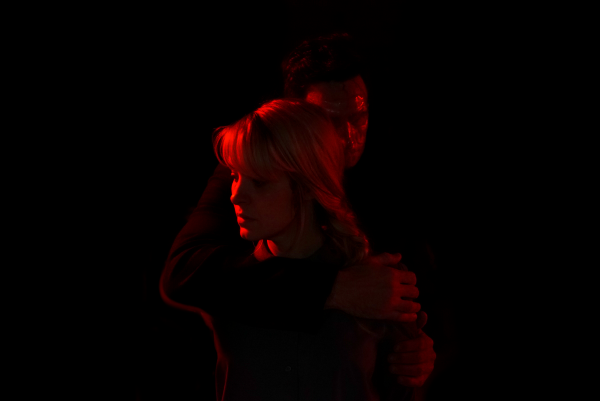
Lucky
And it’s such a cool visual design as well. The color creates this false sense of security, using these cool whites and blues and everything. It’s very calm. It’s very serene, but the huge windows are kind of off-putting.
Isn’t that crazy? There’s a family that lives in that house. [laughs] It’s a real location.
Wow, I couldn’t imagine trying to clean those windows, it’d be a nightmare! So what were your influences and inspirations when directing the film?
And we weren’t that heavy on references. I think we really sort of built the look out of the needs of the project. So the cinematographer Julia and I had a lot of conversations about right off the top. We wanted a cinematic look, right, we’re not trying to give it a documentary feeling anyway. [laughs] We’re immediately acknowledging that this is a sort of Twilight Zone, it’s a very much a movie. It’s an experience that you’re moving into. It’s not hyperreal, in short, so that was important to us. We did a lens test to sort of select the lenses that we liked that similarly fed into that. So we chose a set, we chose to go anamorphic. So it’s kind of like that widescreen hyper-cinematic vibe. And then within that, we found lenses that are not perfect. So they’re somewhat modern, but they have a lot of little quirks.
So you’ll see throughout the film, you’ll see flares, and there’s sort of, like, things that are incorrect. And similarly, with the production design, it’s all that sort of taking mundane elements in May’s life, and then sort of distorting them, twisting them. You know, there’s plants in the house that by the end of the film have completely overtaken aspects of the house, there’s paintings that get switched out. So all of the elements were less that were referencing specific films as much as just what we wanted to express in the moment.
I would say I think the movie actually has a lot of Scream. There’s a lot of influence from Scream, which is interesting. We didn’t specifically set out to do that, but there were definitely moments in the edit where I was like, oh shit, this really reminds me of the opening of Scream. So I think, subconsciously, I think it was there. And it’s in Brea’s writing as well, the satirical nature of it. And actually for Brea, this was a real reference, she really reminded me of like a Ingmar Bergman character. I wanted her to have, you know like a Liv Ullmann look, like that sort of frosty blonde hair and putting her in these cool blues and she’s always sort of buttoned all the way up, and so we had a lot of that French New Wave styling, that was very much a reference that we brought. But that was more for her styling and the braids and the color of her hair.
So, congratulations, I heard you got picked up on Shudder, which is fantastic. And I know that you’ve done genre before with Imitation Girl, do you intend to keep working in genre?
Absolutely. I’m a genre fan. So it’s the type of movies that I like to watch. And I think it’s honestly just the most fun. It’s selfish to say, but it’s like, who wants to work on something that feels like reality? I’m a huge science fiction fan. I grew up watching you know, Star Trek and Twilight Zone and Battlestar Galactica, all that really fun stuff. So I love anything that triggers the imagination and is really a window to a broader conversation. And I think genre has the capacity for that. To get people talking to, again, trigger the audience’s imagination. And hopefully they walk away from Lucky wanting to keep talking about it. You know, what did you think that meant? What do you think of her decision? Do you agree with her? Do you disagree?
And I just want to say also, you know, when we started the film, I was thinking that Shudder would be a great home for us. And I think since filming last summer, Shudder is really doing some interesting stuff with their curation, and risk taking. And I actually really think of anything, that they’ve evolved to be an even better home for this movie, you know, they take a chance on a quirky movie that’s going to be a conversation starter, so I’m very happy about it.
Do you have a favorite subgenre of horror and sci-fi, or a favorite film?
I love body horror. I know that a lot of people don’t. I think a lot of women really love body horror, which is interesting. And even women who say that they don’t love it, when you talk to them about it, you’re like, oh, you actually do, you just don’t like the gory slasher. And I think it’s because living in our bodies is a bit of a horror show. So, you know, I think our relationship to blood, our relationship to changing bodies, the idea of metamorphosis, the idea of distortion, we’re very drawn to it. And I’m very much drawn to it as well.
I love, I would, say The Fly, obviously, Cronenberg. At the same time, I also love the super cerebral stuff. So you know, The Shining is, in my opinion, probably the best horror movie and it’s not very graphic at all, right? So I think there’s space for everything. I love anything that overlaps genre. So if you can do something that has body horror and a big theme and it’s set in space, totally sold. Like Event Horizon.
Listen to the 'Eye On Horror Podcast'

Movies
Another Creepy Spider Movie Hits Shudder This Month
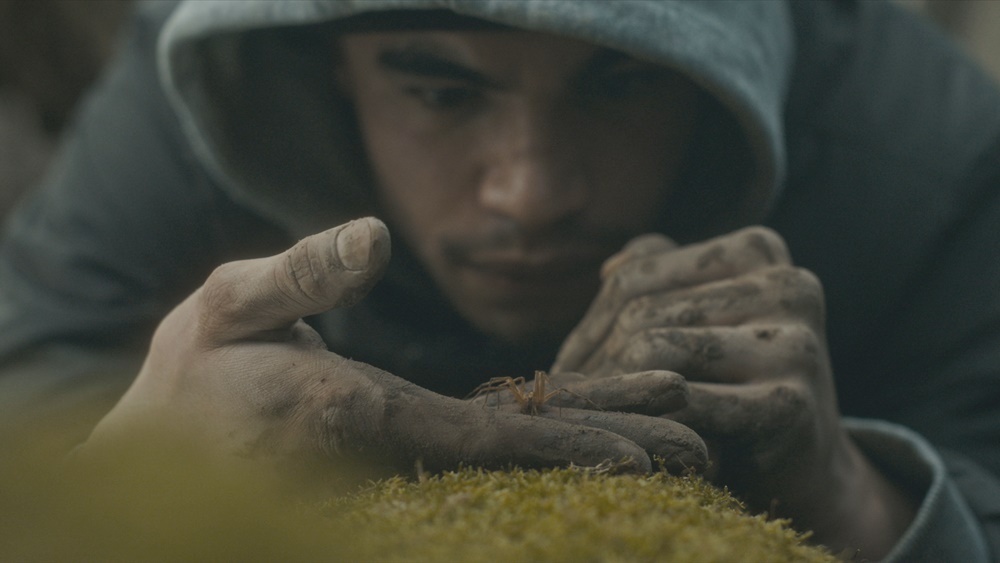
Good spider films are a theme this year. First, we had Sting and then there was Infested. The former is still in theaters and the latter is coming to Shudder starting April 26.
Infested has been getting some good reviews. People are saying that it’s not only a great creature feature but also a social commentary on racism in France.
According to IMDb: Writer/director Sébastien Vanicek was looking for ideas around the discrimination faced by black and Arab-looking people in France, and that led him to spiders, which are rarely welcome in homes; whenever they’re spotted, they’re swatted. As everyone in the story (people and spiders) is treated like vermin by society, the title came to him naturally.
Shudder has become the gold standard for streaming horror content. Since 2016, the service has been offering fans an expansive library of genre movies. in 2017, they began to stream exclusive content.
Since then Shudder has become a powerhouse in the film festival circuit, buying distribution rights to movies, or just producing some of their own. Just like Netflix, they give a film a short theatrical run before adding it to their library exclusively for subscribers.
Late Night With the Devil is a great example. It was released theatrically on March 22 and will begin streaming on the platform starting April 19.
While not getting the same buzz as Late Night, Infested is a festival favorite and many have said if you suffer from arachnophobia, you might want to take heed before watching it.
According to the synopsis, our main character, Kalib is turning 30 and dealing with some family issues. “He’s fighting with his sister over an inheritance and has cut ties with his best friend. Fascinated by exotic animals, he finds a venomous spider in a shop and brings it back to his apartment. It only takes a moment for the spider to escape and reproduce, turning the whole building into a dreadful web trap. The only option for Kaleb and his friends is to find a way out and survive.”
The film will be available to watch on Shudder starting April 26.
Listen to the 'Eye On Horror Podcast'
Movies
Part Concert, Part Horror Movie M. Night Shyamalan’s ‘Trap’ Trailer Released
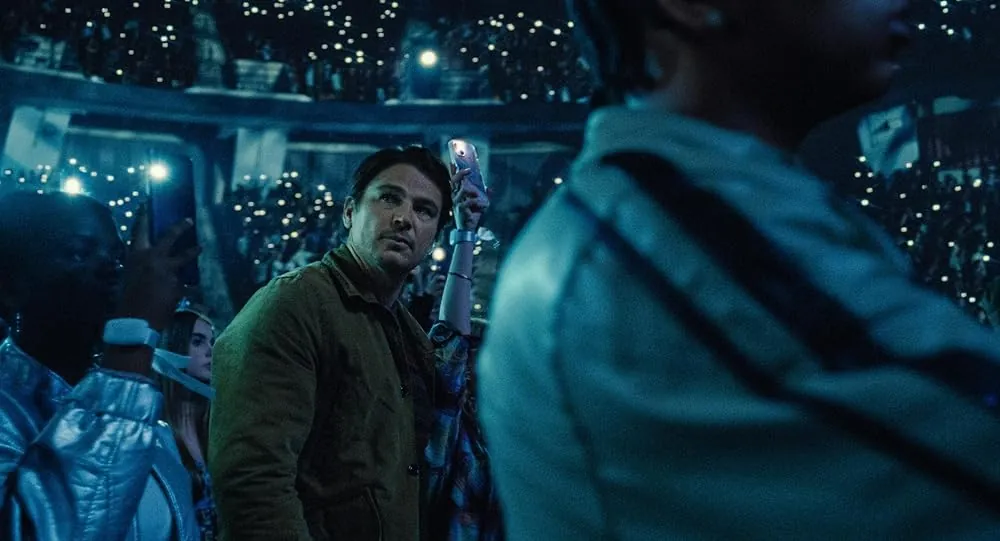
In true Shyamalan form, he sets his film Trap inside a social situation where we aren’t sure what is going on. Hopefully, there is a twist at the end. Furthermore, we hope it’s better than the one in his divisive 2021 movie Old.
The trailer seemingly gives away a lot, but, as in the past, you can’t rely on his trailers because they are often red herrings and you are being gaslit to think a certain way. For instance, his movie Knock at the Cabin was completely different than what the trailer implied and if you hadn’t read the book on which the film is based it was still like going in blind.
The plot for Trap is being dubbed an “experience” and we aren’t quite sure what that means. If we were to guess based on the trailer, it’s a concert movie wrapped around a horror mystery. There are original songs performed by Saleka, who plays Lady Raven, a kind of Taylor Swift/Lady Gaga hybrid. They have even set up a Lady Raven website to further the illusion.
Here is the fresh trailer:
According to the synopsis, a father takes his daughter to one of Lady Raven’s jam-packed concerts, “where they realize they’re at the center of a dark and sinister event.”
Written and directed by M. Night Shyamalan, Trap stars Josh Hartnett, Ariel Donoghue, Saleka Shyamalan, Hayley Mills and Allison Pill. The film is produced by Ashwin Rajan, Marc Bienstock and M. Night Shyamalan. The executive producer is Steven Schneider.
Listen to the 'Eye On Horror Podcast'
News
Woman Brings Corpse Into Bank To Sign Loan Papers

Warning: This is a disturbing story.
You have to be pretty desperate for money to do what this Brazilian woman did at the bank to get a loan. She wheeled in a fresh corpse to endorse the contract and she seemingly thought the bank employees wouldn’t notice. They did.
This weird and disturbing story comes via ScreenGeek an entertainment digital publication. They write that a woman identified as Erika de Souza Vieira Nunes pushed a man she identified as her uncle into the bank pleading with him to sign loan papers for $3,400.
If you’re squeamish or easily triggered, be aware that the video captured of the situation is disturbing.
Latin America’s largest commercial network, TV Globo, reported on the crime, and according to ScreenGeek this is what Nunes says in Portuguese during the attempted transaction.
“Uncle, are you paying attention? You must sign [the loan contract]. If you don’t sign, there’s no way, as I cannot sign on your behalf!”
She then adds: “Sign so you can spare me further headaches; I can’t bear it any longer.”
At first we thought this might be a hoax, but according to Brazilian police, the uncle, 68-year-old Paulo Roberto Braga had passed away earlier that day.
“She attempted to feign his signature for the loan. He entered the bank already deceased,” Police Chief Fábio Luiz said in an interview with TV Globo. “Our priority is to continue investigating to identify other family members and gather more information regarding this loan.”
If convicted Nunes could be facing jail time on charges of fraud, embezzlement, and desecration of a corpse.
Listen to the 'Eye On Horror Podcast'
-
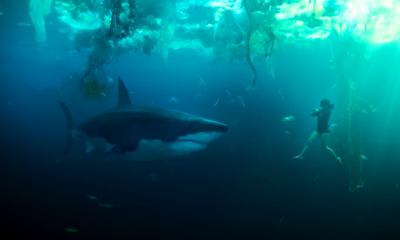
 Trailers7 days ago
Trailers7 days agoWatch the trailer for ‘Under Paris,’ the movie people are calling ‘French Jaws’ [Trailer]
-
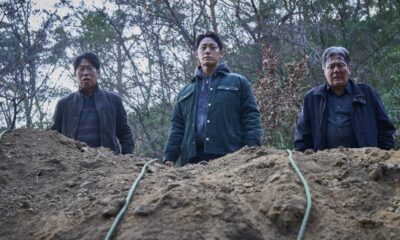
 News3 days ago
News3 days agoThis Horror Film Just Derailed a Record Held by ‘Train to Busan’
-
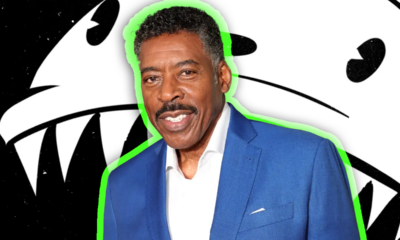
 Movies7 days ago
Movies7 days agoErnie Hudson To Star In ‘Oswald: Down The Rabbit Hole’
-
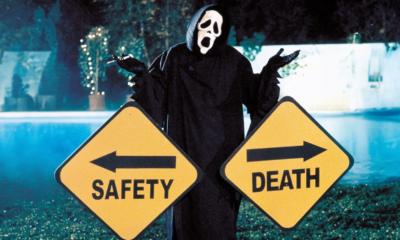
 News7 days ago
News7 days agoParamount and Miramax Team Up to Reboot the “Scary Movie” Franchise
-
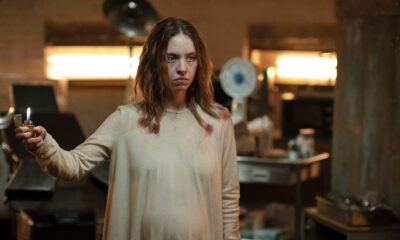
 Movies3 days ago
Movies3 days agoWatch ‘Immaculate’ At Home Right Now
-

 News4 days ago
News4 days agoRead Reviews For ‘Abigail’ The Latest From Radio Silence
-
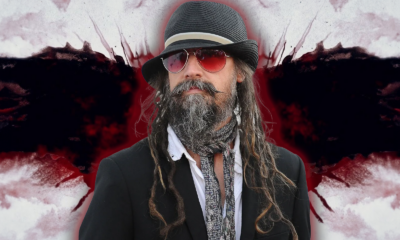
 Editorial5 days ago
Editorial5 days agoRob Zombie’s Directorial Debut Was Almost ‘The Crow 3’
-
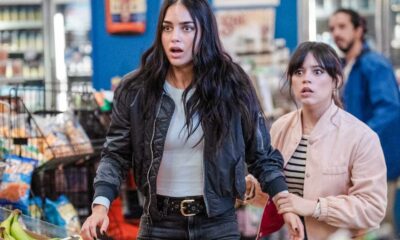
 News4 days ago
News4 days agoMelissa Barrera Says Her ‘Scream’ Contract Never Included a Third Movie
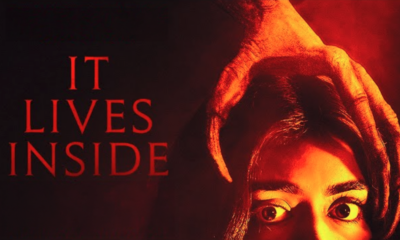

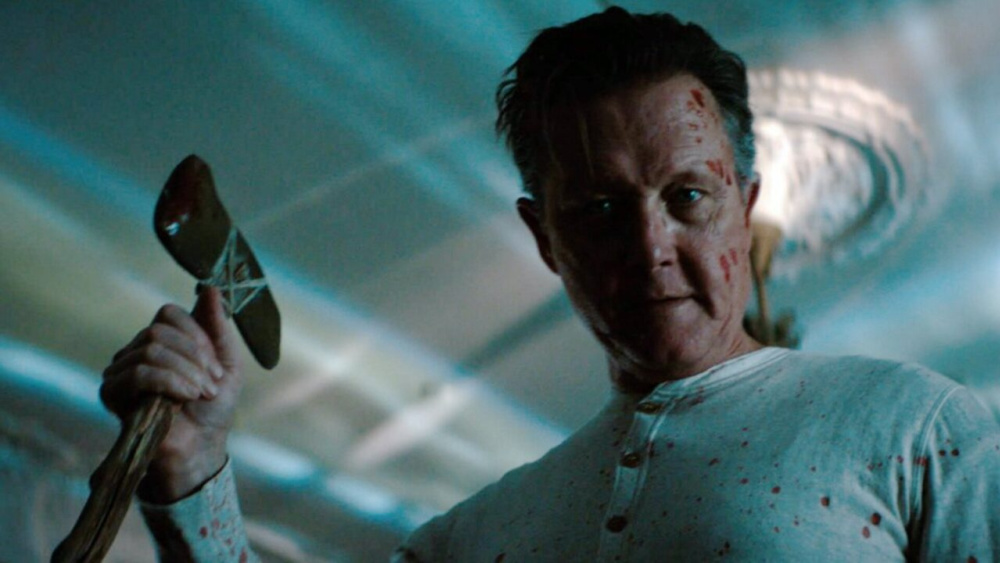
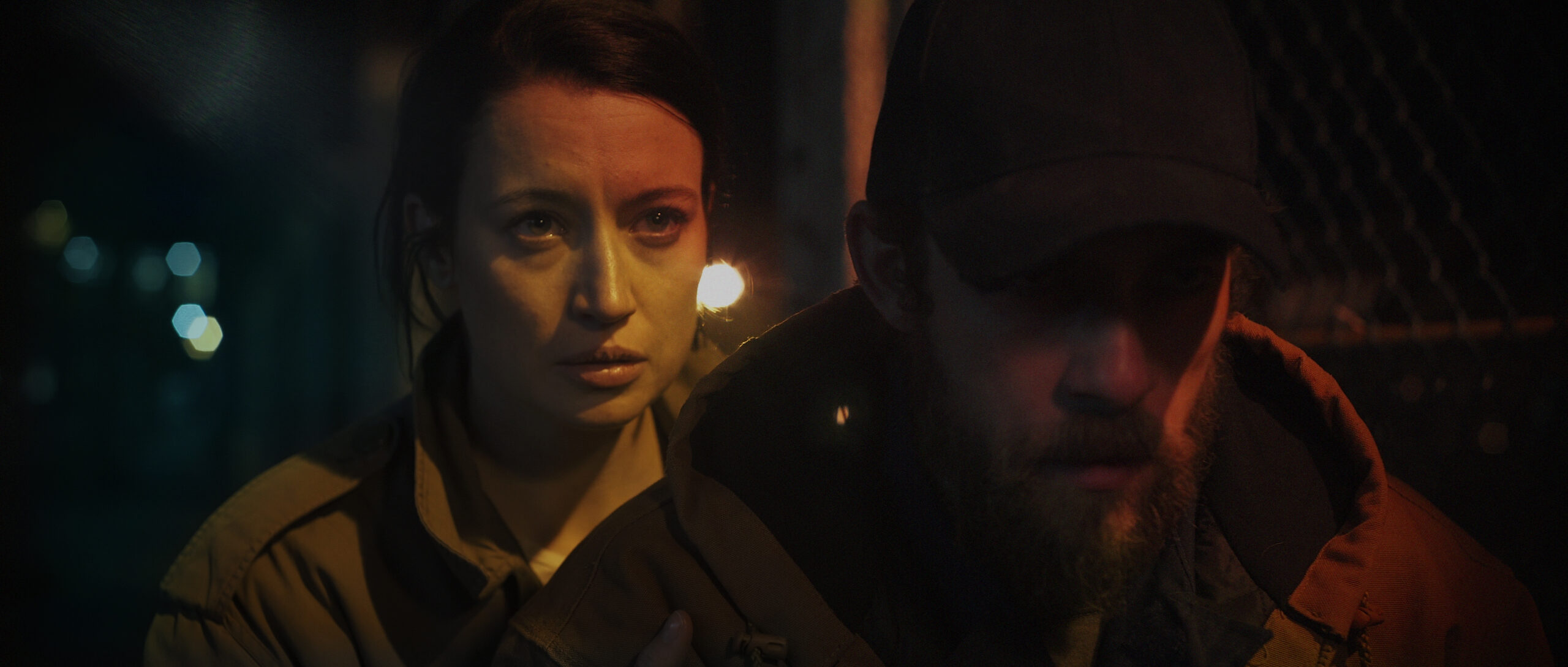




















You must be logged in to post a comment Login